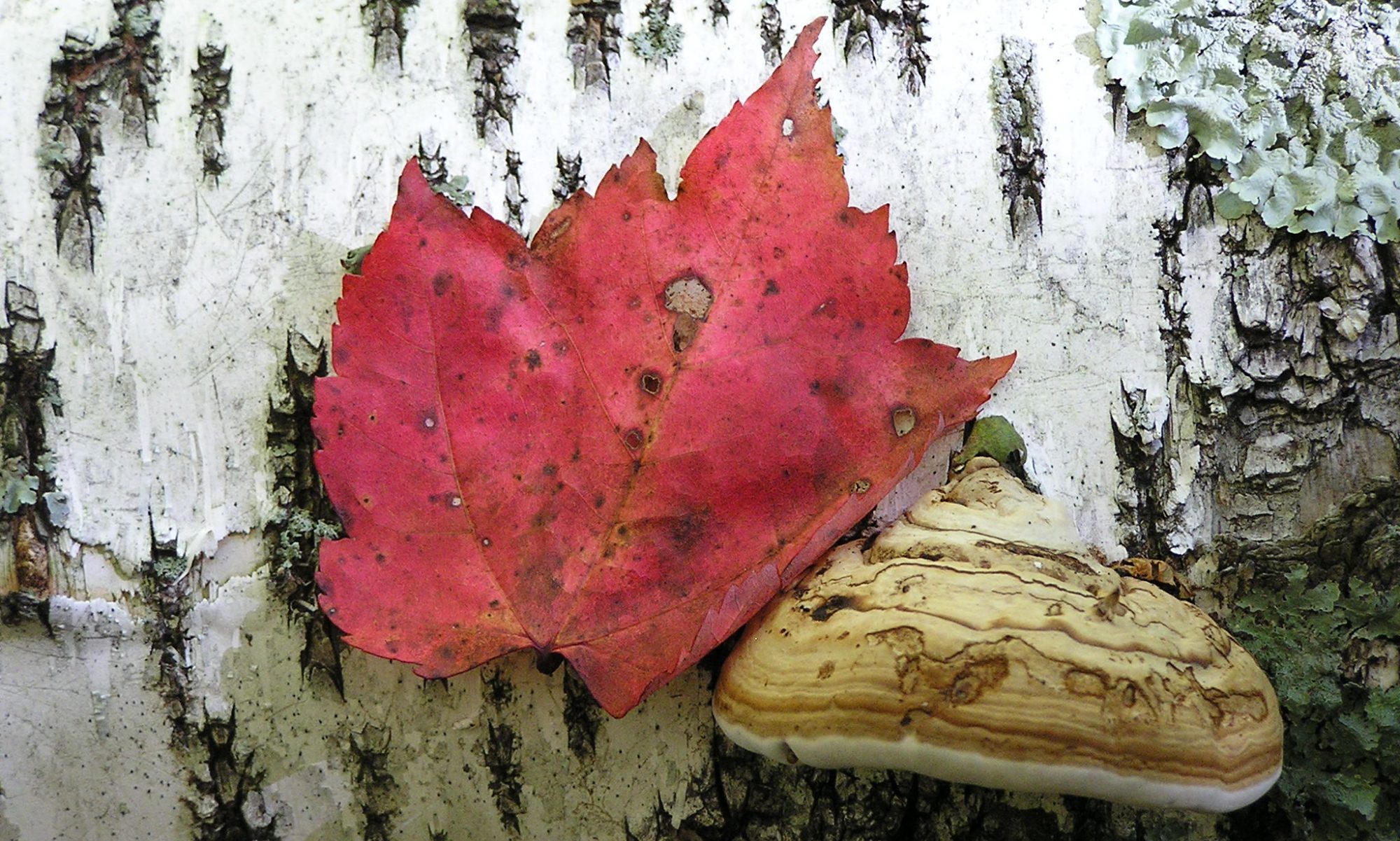Looking for something to do?
 MAKE SOME ART. You can never go wrong drawing, doodling, or making art of some kind. Everyone can doodle, so click here to learn how to make doodle patterns.
MAKE SOME ART. You can never go wrong drawing, doodling, or making art of some kind. Everyone can doodle, so click here to learn how to make doodle patterns.
SEE ME IN ACTION. Click here to watch me read my silly flash-fiction fantasy story, “Now Hiring!”
PLAY TAG. Click here for fun variations of tag games.
HAVE A TOY BATTLE. Divide up 100 points (or less, or more) among each side of toys. Each toy’s points are both how many life points it has, and how much damage it causes. Roll a die to see which side starts. Then, each side takes turns moving and attacking with all their toys. Attacks roll two six-sided dice. If the dice total 10, 11, or 12, a target takes damage. When a toy’s life points are zero or less, the toy is removed. Play until one side’s toys are gone. Keep rules simple when you first play. Perhaps use a ruler or string to measure movement of toys on their turn, and ranged attacks might also require a straight line of sight (so, if toys hide behind something they can’t be attacked unless attacking or defending toys move close, or get a different angle). Try battles with imaginary creatures made with Legos! If you like action figures, a fun movie is Small Soldiers.
BUILD SOMETHING. Try making a bird feeder or bird house (with an adult’s help). Make sure bird houses have predator guards to protect baby birds. You might even put a wireless camera inside the house to watch the babies (without disturbing them)! A book I recommend is Woodworking for Wildlife.
TAKE PHOTOS. Practice taking photos of wildlife, pets, or anything that interests you! Click here for tips on how to take better photos, or click here for a helpful video. Or, experiment with a trail camera to spy on wildlife when you’re not around.
PLANT A GARDEN. Libraries have lots of gardening books, and sometimes even free seeds from a seed bank! One of many good books is The Best-ever Step-by-step Kid’s First Gardening by Jenny Hendy.

READ A STORY. Tell librarians what kind of stories you enjoy and they can help you find cool magazines and books. Remember though, books are like your favorite food—just because you love peanut-butter & banana sandwiches doesn’t mean others will…
 WRITE A STORY. Writing stories is hard work, but fun. If you’re a young writer getting started, check out Writing Radar by Jack Gantos. This book has tips about coming up with ideas, and developing stories. Other writing books teens and adults may find helpful are:
WRITE A STORY. Writing stories is hard work, but fun. If you’re a young writer getting started, check out Writing Radar by Jack Gantos. This book has tips about coming up with ideas, and developing stories. Other writing books teens and adults may find helpful are:
→Save the Cat by Blake Snyder (helps with basic story structure and story loglines)
→The Power of Point of View by Alicia Rasley (helps develop your story’s narrator)
→Selling Your Story in 60 Seconds by Michael Hauge (Chapters 1 & 2 help with story pitches)
→Wonderbook by Jeff VanderMeer (for inspiration and tips on writing sci-fi and fantasy stories)
→The Fire in Fiction by Donald Maass (helps make scenes and dialogue more exciting, and disguise exposition)
→A Writer’s Journey by Christopher Vogler (helps understand three act structure)








